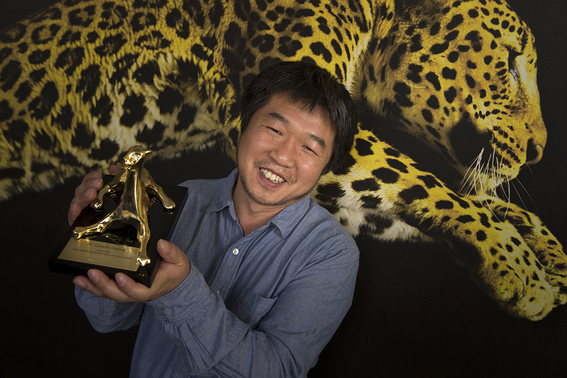
R
E
V N
E
X
T
Chinese director Wang Bing has won the Golden Leopard award at the 70th Locarno Film Festival. The top prize was bestowed for his 90-minute documentary film Mrs. Fang (2017), which tells the story of a sexagenarian woman who is residing in a rural southern Chinese village and suffers from Alzheimer’s disease as she approaches the end of her life. As in many of Wang’s other works, Mrs. Fang depicts a side of China far removed from the glitzy metropolises associated with the nation’s economic rise, placing the stories of those who are economically disadvantaged and poverty-stricken in the spotlight.
With this win, Wang Bing became the fifth Chinese director in the film festival’s history to receive the prestigious Golden Leopard award. The director remarked that his win “is a great and deep honor,” and said, “Locarno is the best platform to show art films, because here there is an audience, coming from all over the world, which is attentive to every single film that is screened.”
Held every August in the southern Swiss town, the first edition of the Locarno Film Festival took place in 1946. Since then, it has been held every year except in 1951 and 1956, making it one of the longest-running film festivals in the world. The Golden Leopard award is the event’s highest prize and is conferred to the jury’s pick for best film from the international competition section. This year, the judging committee was led by the renowned French film director Olivier Assayas.
Wang has had an eventful year. In April, he scooped up the EYE Art and Film Prize in Amsterdam, and participated in Documenta 14 in Kassel, where he presented Mrs. Fang and other films (including one that runs for nine hours). Widely regarded as one of the world’s most prominent documentary filmmakers—and a notable figure in the Chinese film industry—Wang was also the recipient of the Orizzonti Prize for his documentary film Three Sisters (2012) at the 69th Venice International Film Festival in 2012.
Je-Seung Lee is an editorial intern at ArtAsiaPacific.
To read more of ArtAsiaPacific’s articles, visit our Digital Library.



